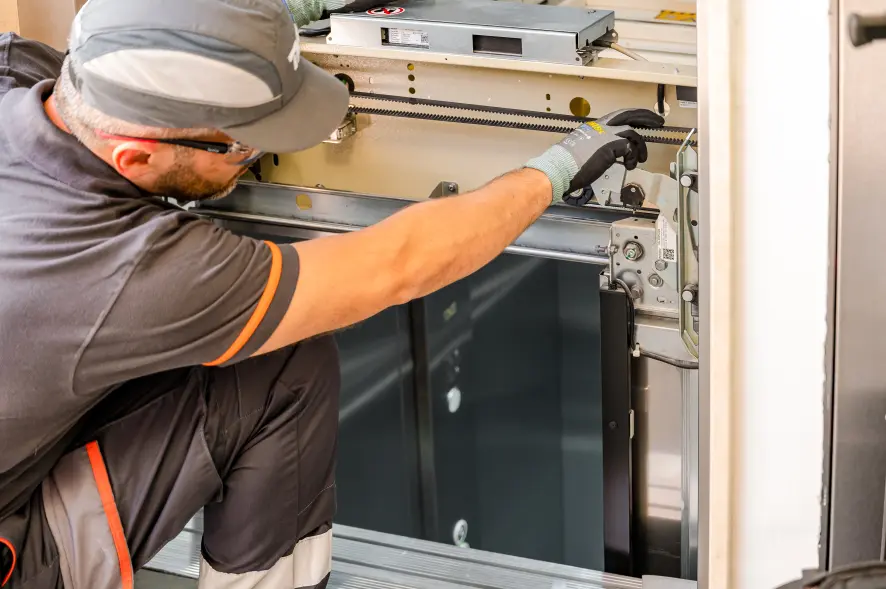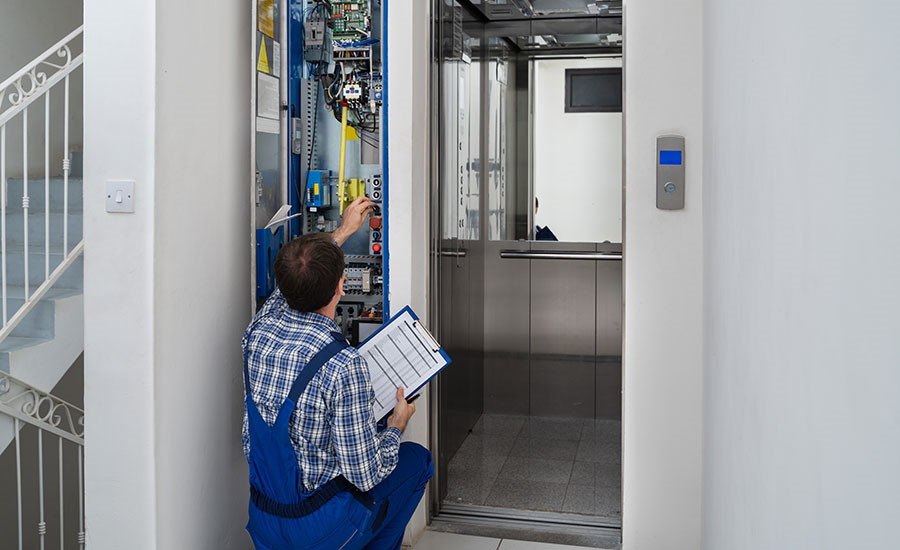Disabled Platform Lift Solutions-- Enhancing Availability with Trusted Lifts
Disabled Platform Lift Solutions-- Enhancing Availability with Trusted Lifts
Blog Article
Necessary Guide to Recognizing Disabled System Lifts and Their Capability
Comprehending the ins and outs of impaired platform raises goes past simple awareness; it calls for a detailed grasp of their performance and style. The rigorous safety laws and upkeep considerations linked with system lifts are extremely important in ensuring their dependability and durability - lift servicing near me.
Kinds of Disabled System Lifts
There are several sorts of handicapped platform lifts created to supply availability for people with wheelchair challenges. Upright platform lifts are a prominent option as they move directly and down, making them ideal for shorter ranges and where area is limited. These lifts are frequently set up in homes, colleges, and industrial structures to assist mobility device individuals in navigating different degrees. Inclined system lifts, on the other hand, are suitable for places where an upright lift might not be feasible due to architectural restraints. These lifts comply with the slope of stairs, providing a smooth and safe trip for individuals with mobility concerns.
Another kind of disabled system lift is the portable lift, which uses adaptability and comfort. These lifts can be quickly moved from one area to one more, making them perfect for short-lived occasions or circumstances where an irreversible setup is not possible. In addition, outside system lifts are made to stand up to varying climate problems, permitting individuals to accessibility outdoor spaces effortlessly and independence. Each sort of handicapped platform lift offers an unique objective in boosting access and improving the high quality of life for people with flexibility challenges.
Key Elements and Mechanisms
Handicapped platform lifts, such as upright and likely lifts, count on certain key components and mechanisms to ensure smooth and safe transport for people with flexibility challenges. One important part of these lifts is the system itself, which acts as the structure for delivering individuals - elevator maintenance. The platform is created to be tough, roomy enough to fit wheelchairs or mobility tools, and furnished with security features such as guardrails and non-slip surface areas to stop crashes during transportation

Additionally, safety sensors and emergency situation quit buttons are integrated into impaired system lifts to enhance individual security and stop accidents. These components function with each other to develop a reputable and reliable transportation service for people with mobility impairments.
Installment and Maintenance Considerations

Regular maintenance is similarly essential to keep handicapped system raises running smoothly. Set up inspections, lubrication of relocating parts, and testing of safety features should be executed according to the producer's advised timetable. Any type of indicators of damage need to be attended to quickly to avoid more damage and make sure the lift operates reliably. In addition, having an upkeep log to click for info track service history and interventions can aid in identifying patterns and prospective concerns before they intensify. By prioritizing appropriate installment and persistent maintenance techniques, the durability and performance of handicapped system lifts can be made best use of, profiting both users and facility supervisors.
Safety And Security Attributes and Rules
Making sure conformity with safety and security regulations is vital when assessing the performance of safety functions in disabled platform lifts. Safety and security features commonly discovered in handicapped system lifts include emergency stop buttons, safety obstacles, interlocks, and under-platform sensors. Interlocks make sure that the lift doors are securely closed prior to the lift runs, improving individual safety and security.
Benefits of Making Use Of System Lifts
Compliance with security regulations and the implementation of important safety attributes in handicapped system lifts add to the total advantages of using these lifts for people with impairments. Beyond security, platform lifts use a variety of advantages that boost accessibility and ease. Generally, the comfort, self-reliance, and inclusivity facilitated by platform raises considerably improve the high quality of life for individuals with specials needs, making them a very useful accessibility remedy.

Verdict
Finally, impaired platform raises come in different kinds with vital look at more info components and systems that enable secure and effective operation. Setup and upkeep factors to consider are crucial for ensuring proper capability. Security attributes and regulations should be stuck to at all times to avoid mishaps - disabled platform lift. The benefits of using platform lifts consist of enhanced accessibility and independence for individuals with disabilities.
Report this page